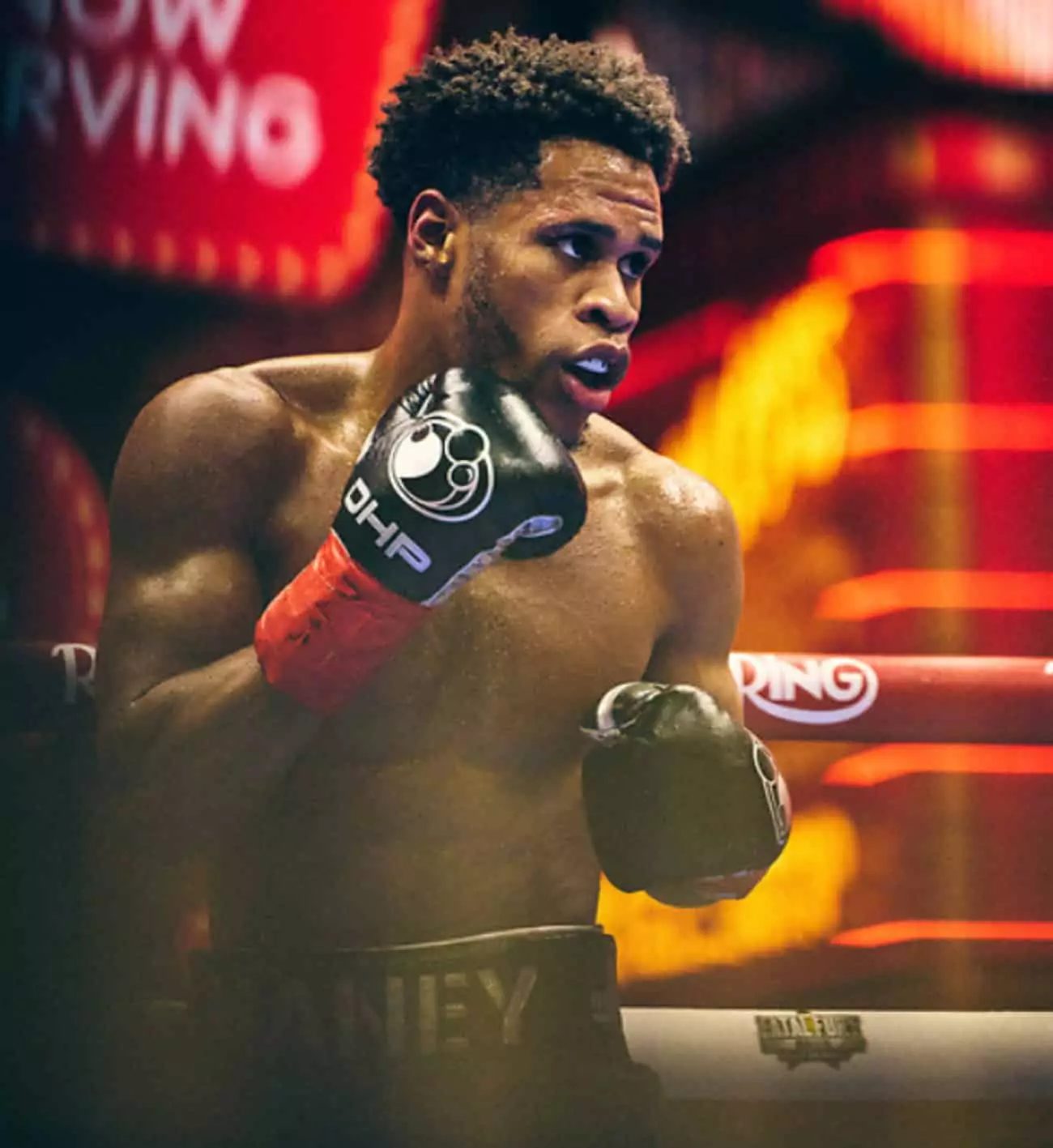The world of professional boxing is a relentless arena, where the price of defeat can weigh heavily on a fighter’s psyche. Devin Haney’s recent performance against Jose Ramirez on May 2nd has sparked a significant debate among fans and analysts alike. Coach Stephen Edwards advocates for a more compassionate understanding of Haney’s situation, insisting that judging him solely based on this fight is unduly harsh. Edwards suggests that what Haney experienced in his prior match against Ryan Garcia—specifically being knocked down three times—could have lingering effects that influence his performance.
When a boxer enters the ring after a challenging bout, particularly one fraught with physical adversity, the invisible scars can be just as damaging as the visible ones. The possibility of condition such as PTSD isn’t a trivial matter; it’s a real psychological complication that could hinder a fighter’s ability to perform at their best. Thus, it’s essential to question whether Haney was sufficiently prepared, mentally and physically, to face an opponent who may have had advantages due to performance-enhancing drugs.
Understanding the Consequences of a Long Layoff
Edwards argues that Haney deserves a “grace period” following his long layoff and the chaotic aftermath of defeat. In such a high-stakes sport, the transition back into competition can be fraught with challenges that go beyond mere physical training. Fighters often require time to regain their mental edge, which is invaluable when re-entering the ring.
The long layoff following Haney’s bout against Garcia undoubtedly influenced his readiness versus Ramirez. Boxing is a sport that demands not just physical prowess but also strategic thinking and mental resilience. A fighter who has experienced a trauma might develop hesitance, or ‘ring rust,’ that affects their capacity to engage effectively. Fans shelling out for pay-per-view events expect excitement and dynamism, yet what they received was a fighter still grappling with his demons.
The Price of Admission: Spectators’ Expectations
One cannot overlook the financial aspect surrounding boxing events. When a fighter like Haney headlines a pay-per-view event, patrons anticipate a level of entertainment commensurate with their investment. Edwards raises a valid concern regarding whether fans should continue to pay top dollar for performances that might not reflect a boxer’s full potential. If Haney indeed suffers from the aftermath of his fight with Garcia, perhaps it’s only fair that ticket prices be adjusted accordingly.
A fighter carrying the burdens of traumatic experiences inevitably influences the performance delivered in the ring. If a fighter is unable to engage effectively, running away from opponents rather than taking risks, it creates a less satisfying viewing experience. This raises an ethical concern about whether fighters should be sidelined until they are fully ready, not just physically, but mentally, to give fans the exhilarating performances they seek.
The Road to Recovery and the Need for Patience
The road to recovery is seldom linear and can be strewn with setbacks. Edwards acknowledges that adjusting back into peak form may take longer than anticipated for Haney—perhaps more than mere weeks or months. The crux of the matter is patience; both for Haney as he navigates his mental state and for fans who are privy to his struggles. It’s unreasonable to expect a fighter who has recently faced psychological obstacles to immediately bounce back and deliver the electrifying action that boxing enthusiasts crave.
Furthermore, it’s essential for boxers at Haney’s level to seek opportunities that align with their current mental and physical preparedness. Entering the ring while still coping with the shadows of a past fight may not only jeopardize their health but also tarnish their career trajectory. Edwards suggests that Haney might need to take a step back, focusing on smaller bouts to regain his confidence rather than jumping back into high-stakes matchups that could exacerbate his struggles.
The Dilemma of Defining a Champion
The issue at hand isn’t simply about Haney’s ability or adrenaline rush in the ring; it also asks us to reflect on what constitutes a champion in the eyes of the public. Is it daring to risk tarnishing one’s reputation for the sake of financial gain, or is it about understanding one’s limitations and putting mental health first? In boxing, there can sometimes be a culture of machismo that discourages vulnerability and self-care. In contrast, we might consider a new narrative—one where a fighter’s acknowledgment of their challenges makes them more admirable rather than less.
Ultimately, the conversation around Haney’s situation transcends the boxing ring; it speaks to broader themes of mental health, resilience, and the expectations placed upon athletes. For now, it’s essential that both fans and promoters embrace a holistic perspective, understanding that a fighter’s journey encompasses not just the victories and defeats, but also the silent battles fought beyond the bright lights of the arena.


Leave a Reply